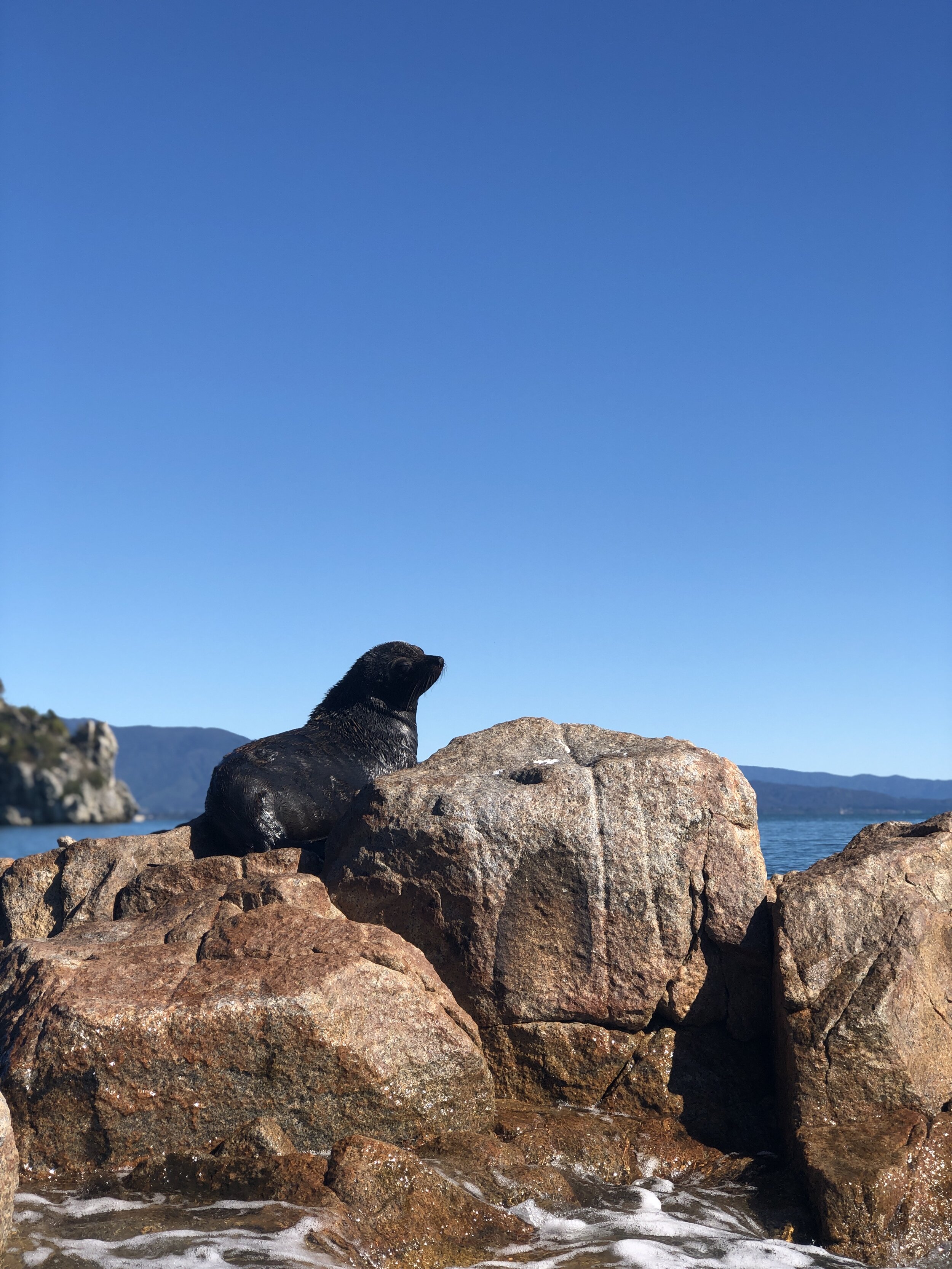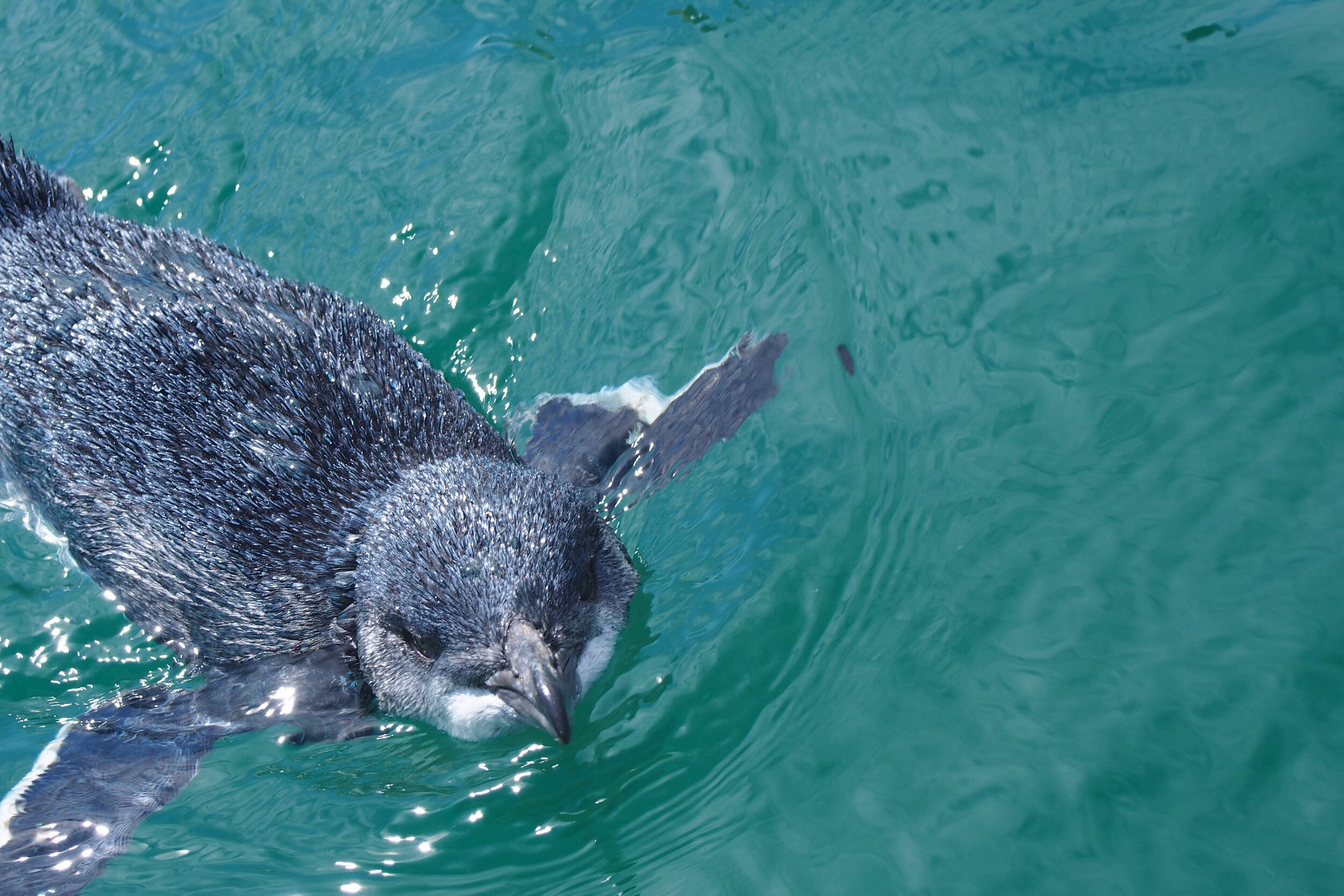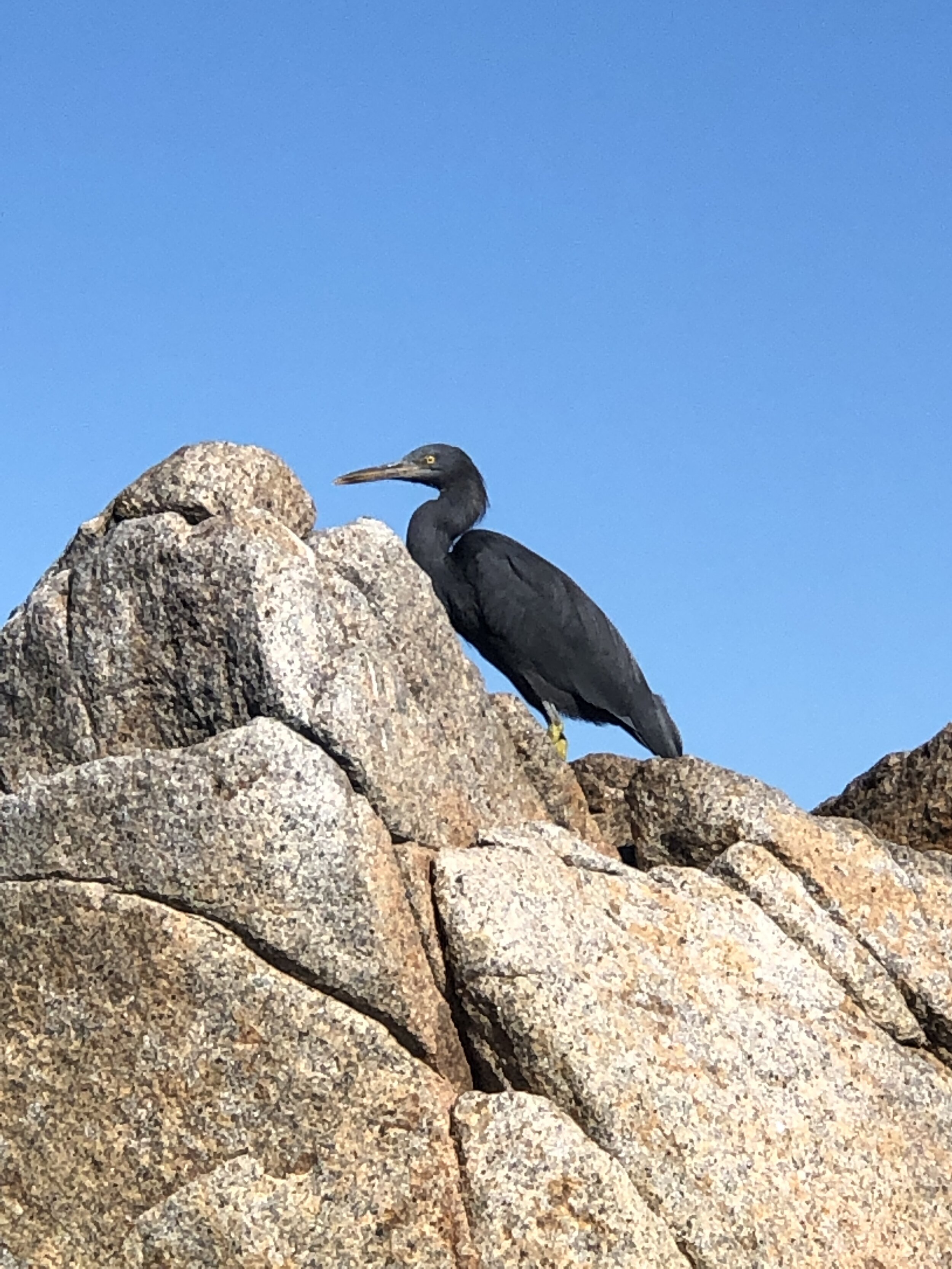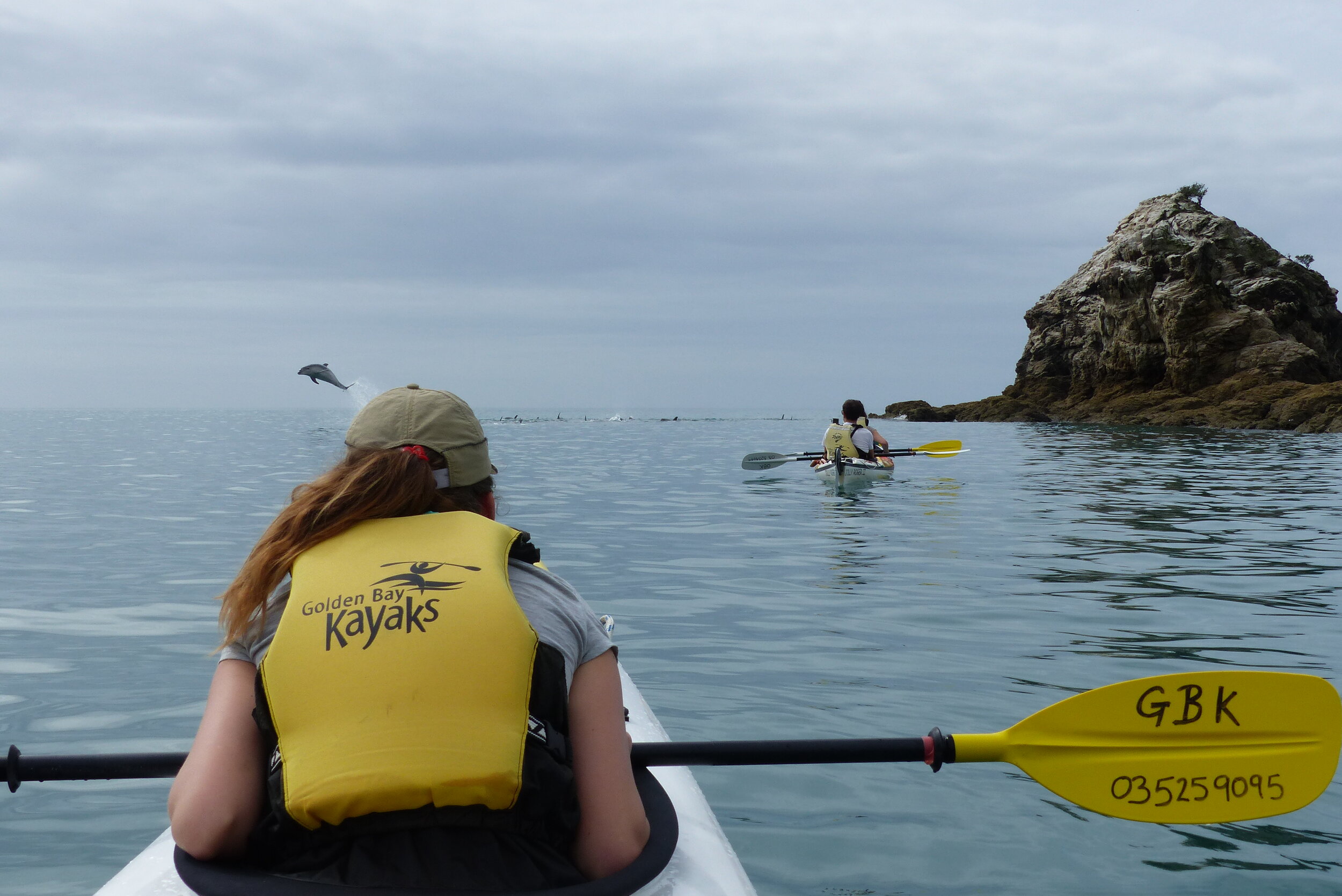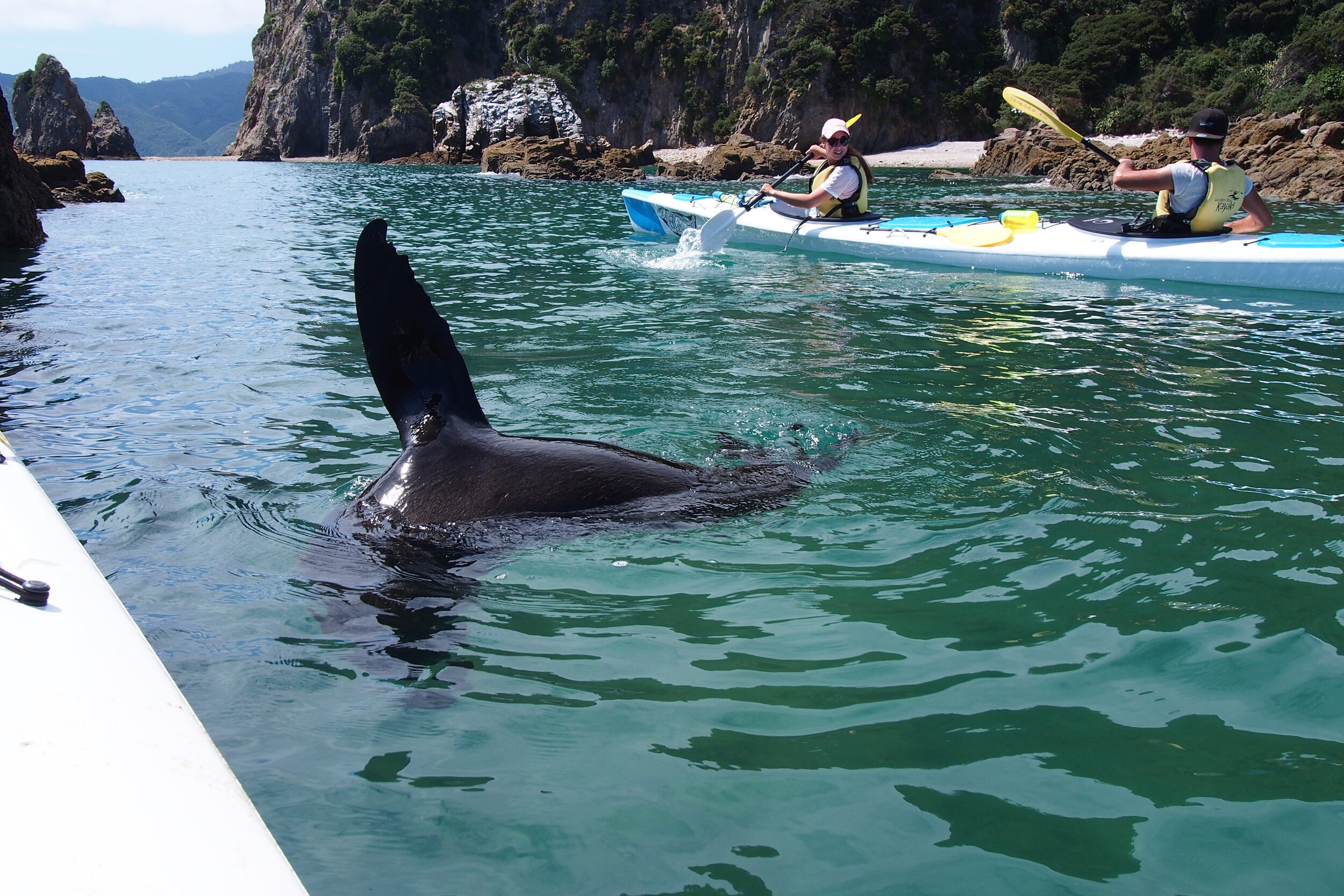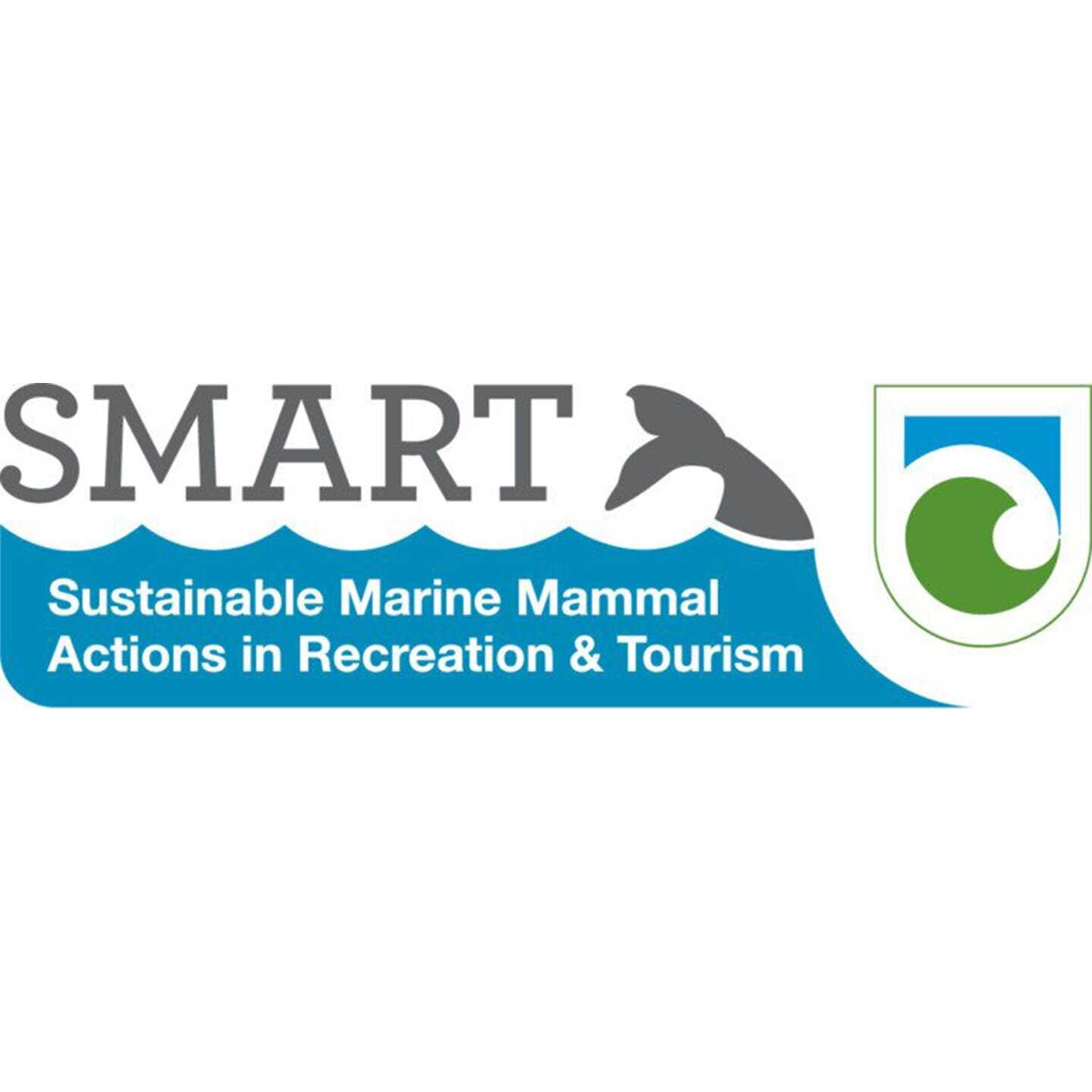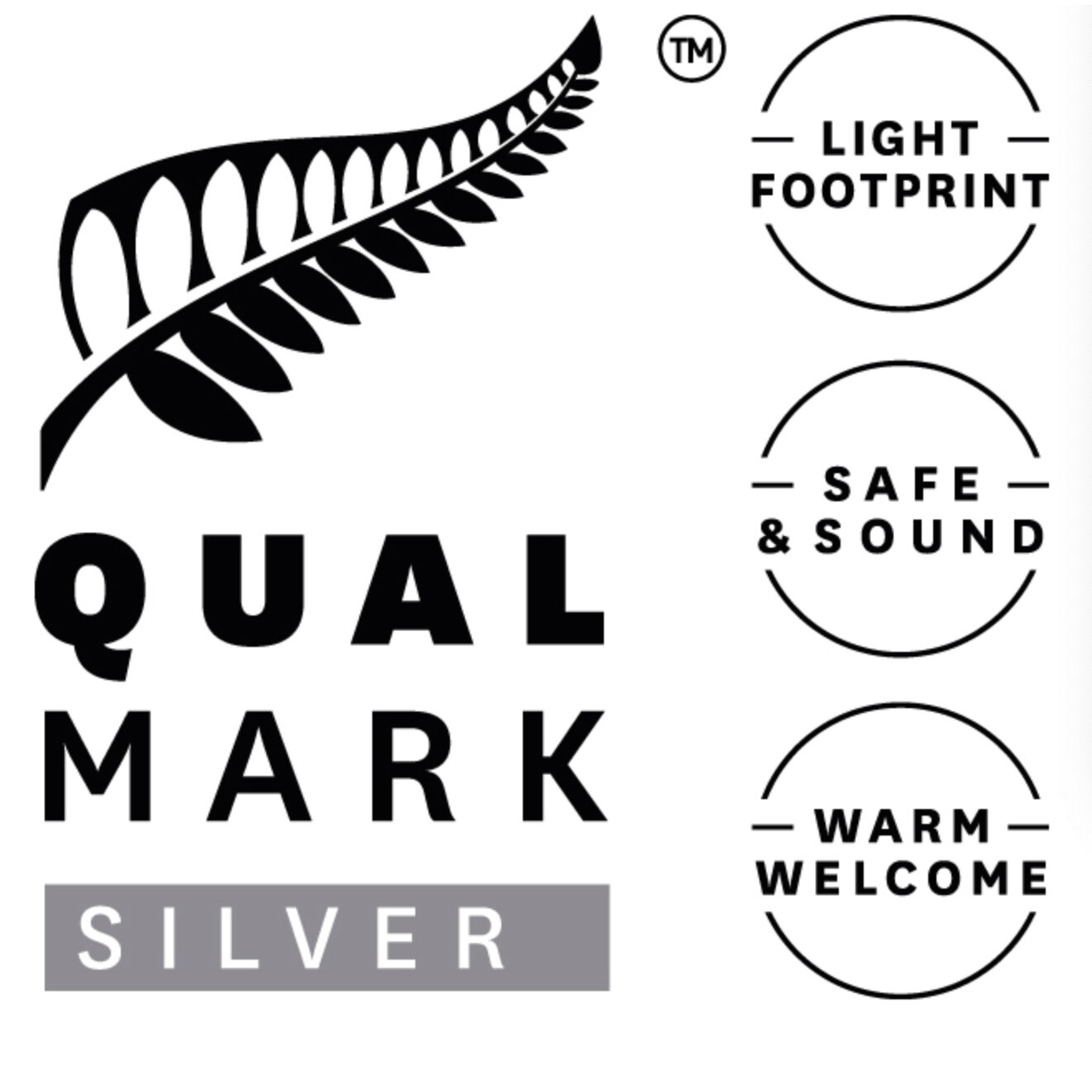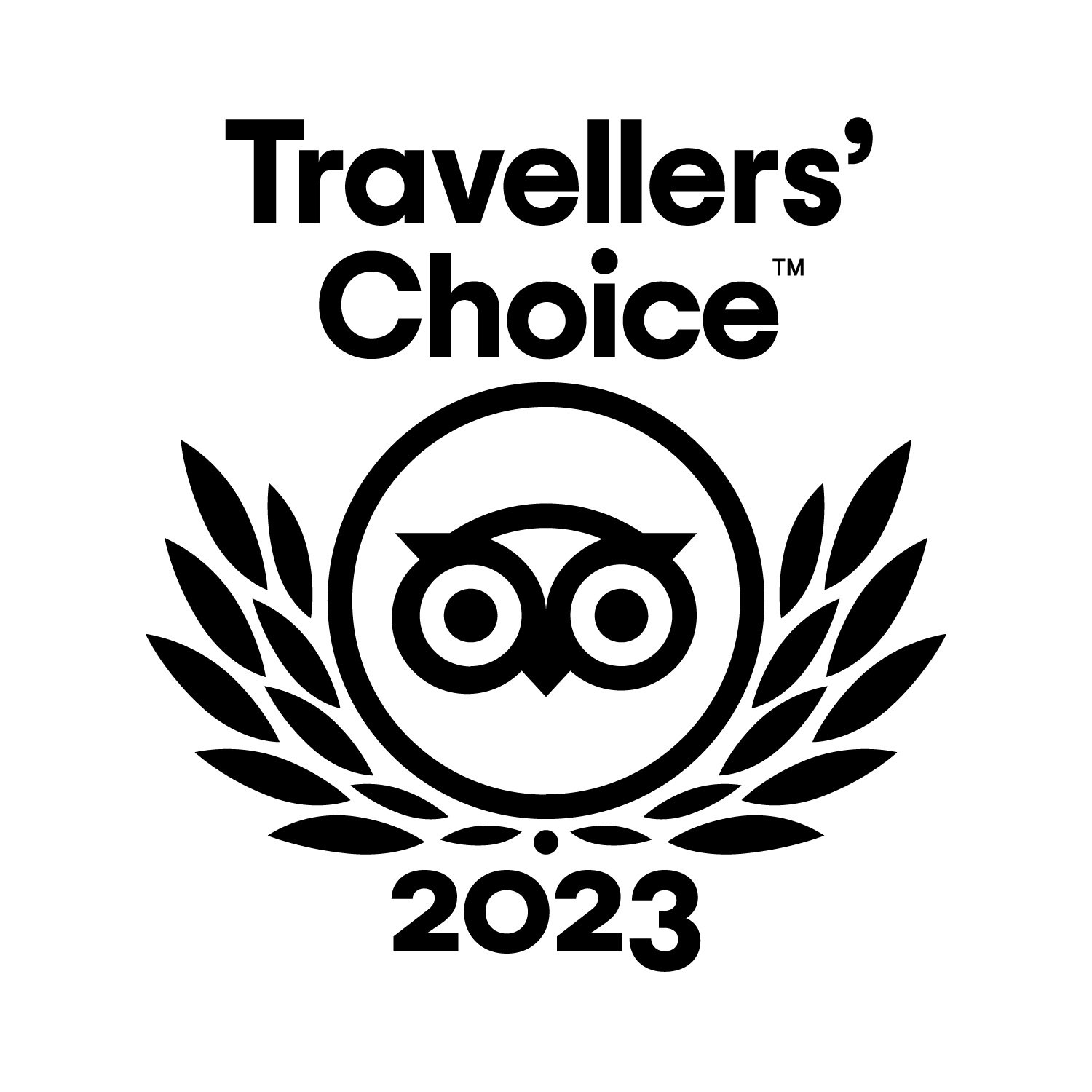We are lead to believe that the Abel Tasman National Park starts in Marahau and finishes at Totaranui. The truth is that this is where the sea taxis stop to unload their last passenger, the rest of the park is kept untouched by commercialisation.
From Totaranui north towards Tata Islands is a plethora of wildlife, rock formations and plant species. A landscape rich in history and stories of our country. Separation Point or Matau which means ‘hook’, referring to a fish-hook which is an important boundary marker for Ngati Tama and Ngati Awa. It is also an important breeding area for the Kekono (NZ fur seal) with a growing population spreading along the coast line towards Tata Beach. The bull seals that are on their own live year round at Abel Tasman Point, which is adjacent to Motu Island (Tata).
Tata Islands are included in the Abel Tasman National Park. The islands are part of 3 areas of young limestone deposits within the park, the limestone is fertile compared to the golden granitic beaches that lie across from them.
The Spotted Shag Colony is the largest in NZ, with a population in the thousands, every morning they meet on Tata Beach near the boat ramp to meet and deliver a small pile of stones that are spat out into a little heap. It is thought that the stones are to help with the parasites in the gut or are maybe used for ballast.
The islands are home to the nationally endangered Reef Heron. With only a few hundred of these birds in NZ, we are lucky to be watching our population slowly grow to around 4-6 breeding pairs. They are a solitary bird, very shy and like to nest in little dark spaces on the island. They are beautiful to watch and elegant in flight.
The closest Gannet colony is Farwell Spit, established in 1983 when 70 pairs arrived on the sandy spit, the only habitat like it in the world, they’re a bird that normally nests on a rockery. The colony quickly grew to 2000-3000 birds, their habitat has been under threat from weather events such as Cyclone Fehi that destroyed 25% of the habitat and feral pigs that have a taste for the chicks and eggs and would consume around 15 a night. Over 300 feral pigs were removed from the area in 2 weeks in 2014. To try and help the local population find a new habitat, a set of speakers and plastic gannets have been set up at Separation Point and a few have landed to check it out the potential new home, but as yet none have taken up residence. You can take a tour to the gannet colony with Farwell Spit Tours, a long established family business. https://www.farewellspit.com
The Southern Black-Backed Gull and the Red-Billed Gull have become well established over the last couple of years, claiming the small island called Schnapper rock near the mussel farm and the proud Karoro (Black Backed Gull) has taken to their own little rocky spires around the coastline. Often there is competition from the Oyster Catchers, who are very territorial and guard their area all year round with much vigor.
Our resident seals reside here all year round and often joined by pods of dolphins. Golden Bay has its own resident Hector dolphins in the Limestone Bay Area (Tarakohe to Tata). There is a belief that these Hector dolphin are our very own species, they are very shy. Orca frequent the area, hunting for stingray. The Orca spend time searching the rocky areas for the stingray that are trying to hide from the big mammals, the Orca grab the stingray by the tail and slap them on the surface, stunning the creature and then devouring the kidneys and leaving the rest for the other scavengers of the sea.
Everyone love the Korora ( Blue Penguin). From October to November is a good time to see them on the water, many of the new chicks have fledged and left their nest. The Korora usually lays 2 eggs at a time and they have 2 hatches a year. It takes around 6-8 weeks for the chick to mature, the parents heading out to sea to fish for their young and returning at night with fresh fish in their gut. The parents head back out to see before dawn, fishing for their chicks. The western arm of the Tarakahoe marina is NZ’s 4th largest artificial penguin colony, with around 70 penguin boxes, 58 of them that are currently being monitored weekly to try and understand the breeding habits of the Blue Penguin.
At Tata Beach and Ligar Bay we are working towards creating new habitats for the Korora, as their habitats have been eroded by the housing developments in the area. With the help of residents in the area we have an extra 40 penguin boxes and hoping to instigate a trapping program on the land and in time a Mataitai (reserve) will be established to ensure this taonga will be preserved for generations to come.
Such a precious place where we live. It is our home and we welcome you as visitors.

